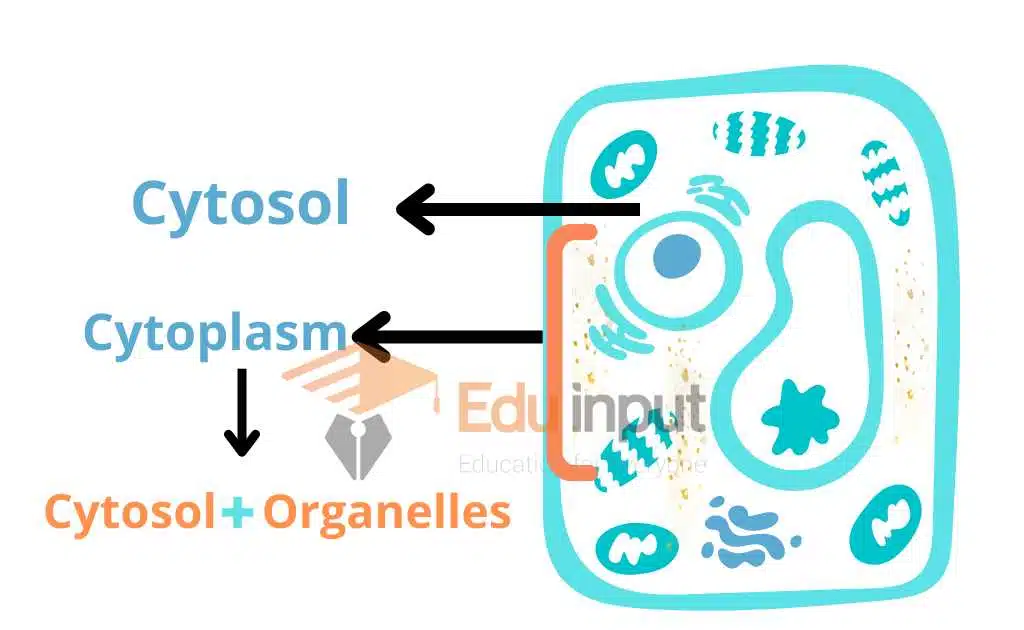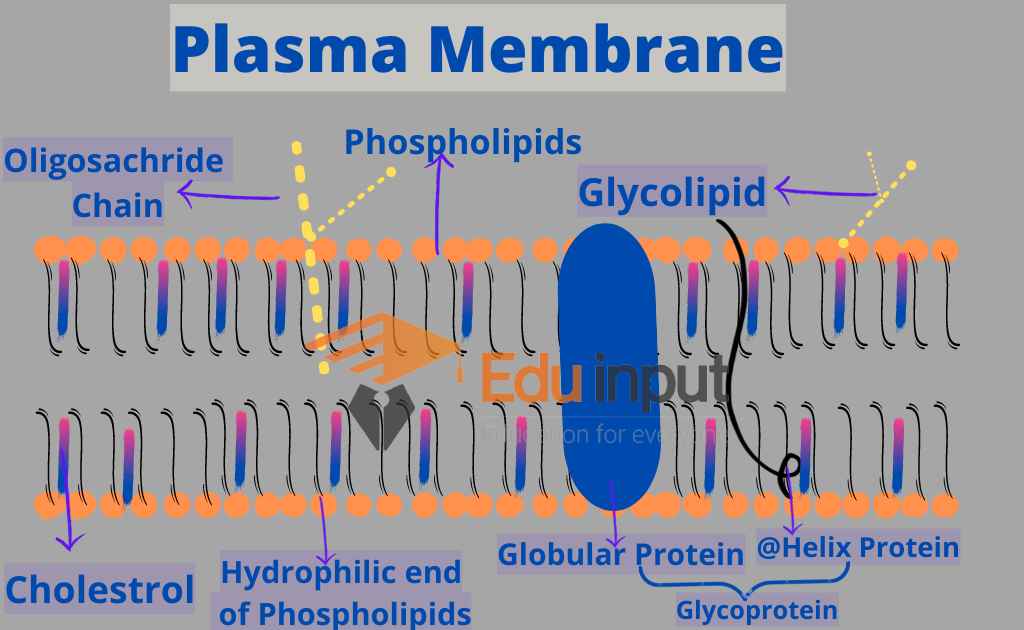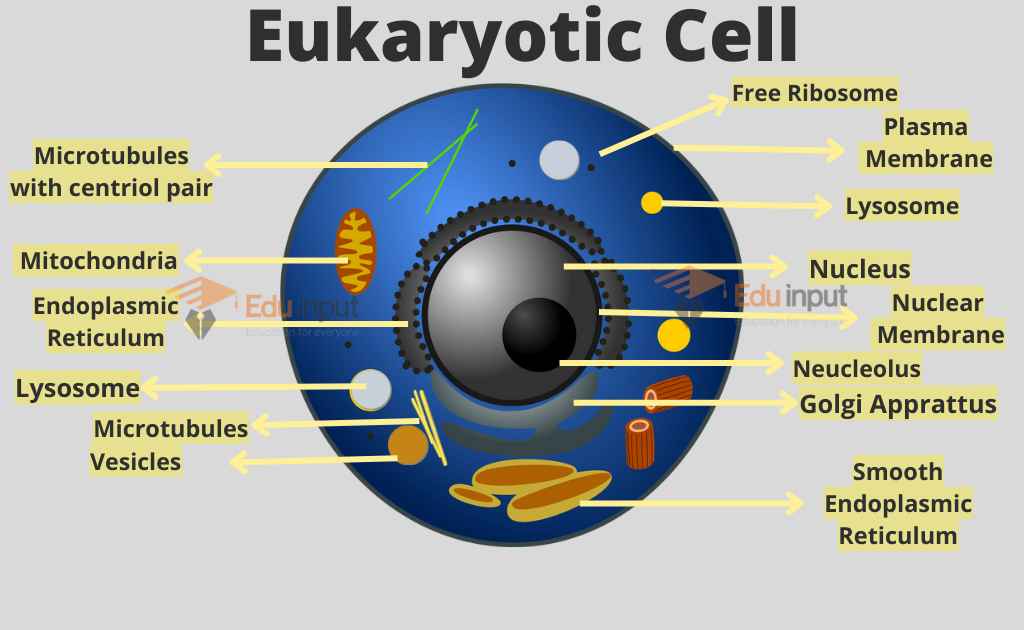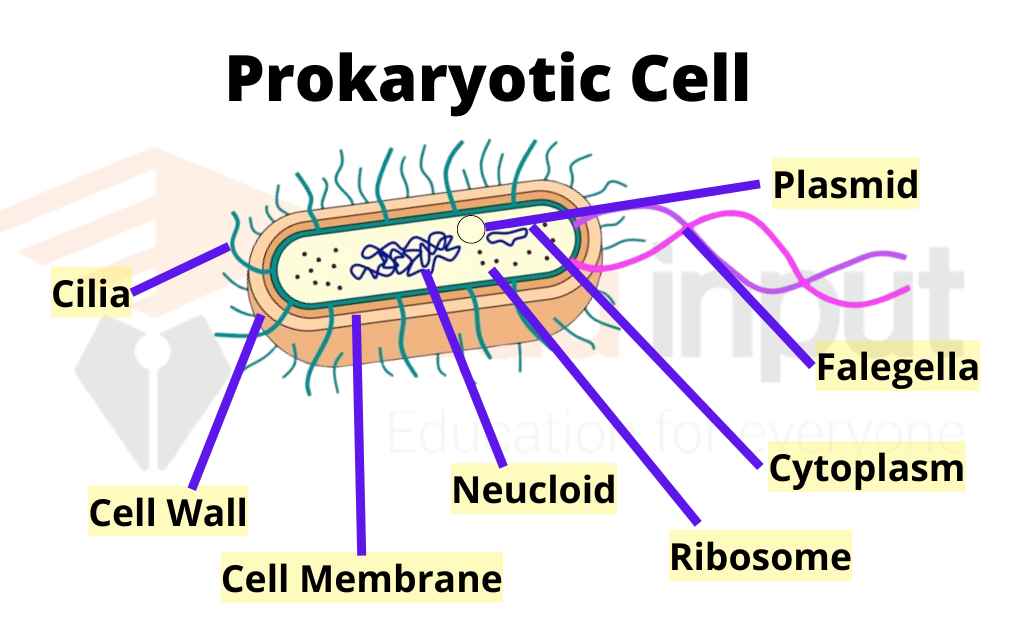Cytosol- Definition, Discovery, and Functions of Cytosol
The fluid that fills the animal and plant cells is referred to as “cytosol”. Most of the cell is made up of this fluid, which is dissolved in water, and all the cell organelles are suspended in it.
It plays an important role in biology because it contains important minerals that are needed for basic processes at the cellular level.
The most common ions found in the mammal’s cytosol are calcium, magnesium, and salt. The site where many chemical reactions take place in the cytosol.
In prokaryotes, it is where most of the reactions take place. It is the location of the suspended structures in the eukaryotic cell.
Over time, scientists realized they were wrong when they assumed that it was a simple solution. Scientists now know that cytosol has structure and organization. Some cells use ion or messenger particles to carry important information that is needed for later growth.

Discovery of cytosol
The term “cytosol” was invented by H. A. Lardy in 1965, it referred to the liquid produced when cells broke apart and the solid components were removed.
The fluid is called the cytoplasmic fraction, which is more precise. Some of the terms used to refer to the cytoplasm are hyaloplasm and protoplasm.
The liquid part of the cell’s cytoplasm is referred to as cytosol in modern usage. The liquid contents of living cells are referred to as aqueous cytoplasm because the properties of this liquid depend on whether the cell is alive.
Organization and Structure Of Cytosol
The concentration of substances in the cytosol is influenced by a number of factors, including gravity, channels in the cell, and the structure of the cell.
The movement of large particles from one part of the cytosol to another is restricted by the filaments of the cytoskeleton, which is not considered to be part of the cytosol.
The interiors of the organelles are not considered to be a part of the cytosol. Chloroplasts, mitochondria, nucleus, and other closed, self-contained membranes within cells have their internal fluid and chemistry that is different from the cytosol.
Functions of Cytosol
The medium for processes in the body is cytosol. The proper ingredients for cytosolic activities must be in there. Activities that take place in the cytosol include;
1- Enzyme activities
- Environmental conditions such as salt concentrations, pH levels, and other factors are required for the proper functioning of the enzymes.
2- Signal Transduction
Messenger molecules can diffuse through the cytosol to change the function of the body. These may be messages from outside the cell to inside the cell.
The diagram below shows an example of how signaling Molecules can move through the cytosol to affect the function of the cell’s nucleus.

3- Structural support of the cell and organelles
There is support for the cell and its organelles. The volume of the cytosol is used by most cells to create their shape and space for chemicals to move inside.
Virtually all of life’s functions, including DNA transcription and replication, occur in the cytosol in prokaryotes.
Frequently Asked Question-FAQs
What is cytosol?
The fluid that is filled in living cells is known as cytosol. The cytosol is a part of the cytoplasm.
What is the main function function of cytosol?
The cytosol provides a site for various biological processes, e.g Cellular signaling, and transduction inside the cell.
Is cytosol a part of cytoplasm?
In a eukaryotic cell, the cytosol is a part of the cytoplasm.
Cytoplasm includes liquid portion and all the organelles present in a cell. The liquid (semi-solid and jelly-like material), in which organelles are suspended, is called cytosol. Thus cytosol is considered a part of the cytoplasm.
Do all cells have cytosol?
All cells consist of cytoplasm, which is filled with organelles and fluid called cytosol. All eukaryotic and prokaryotic cells contain cytosol.
What is the difference between cytoplasm and cytosol?
Cytoplasm constitutes all the material present in the cell, whether it is fluid or cell organelles. While cytosol is a part of the cytoplasm, that consists of the fluids present in the cell, organelles are suspended in it.







Leave a Reply